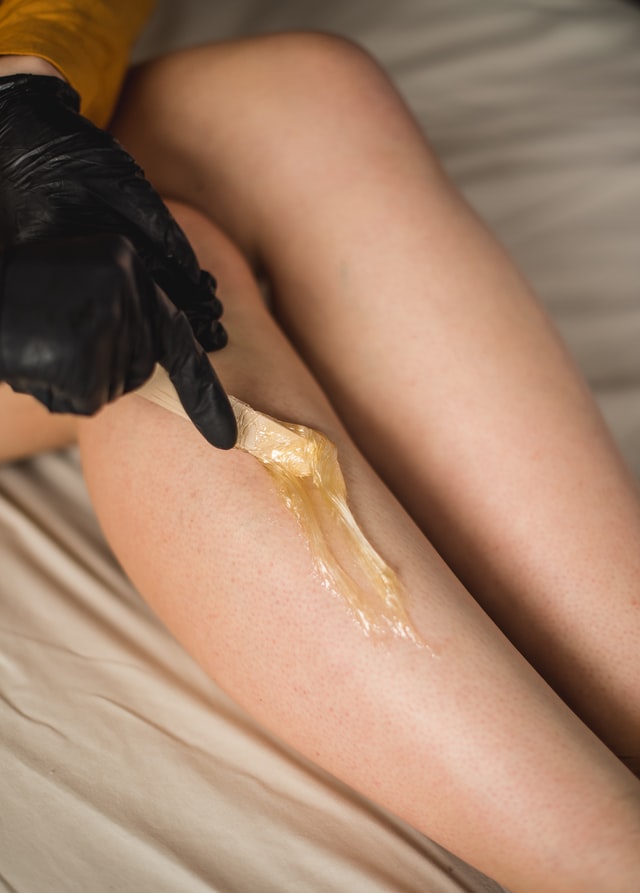
Body waxing is a popular and effective method for removing unwanted hair from the face and body. While it’s not a permanent solution, waxing lasts significantly longer than shaving or using depilatory creams because it removes hair from the root. Waxing is commonly used on areas like the eyebrows, upper lip, chin, underarms, legs, back, and bikini line. After waxing, the skin typically remains smooth and hair-free for 4 to 6 weeks.
Who Is a Good Candidate for Body Waxing?
Most people with unwanted hair can benefit from waxing, but it’s important to be prepared for some level of discomfort during the process. Sensitivity varies by individual and body area, so some may tolerate waxing better in certain spots. Waxing should be avoided if the skin is unusually sensitive or compromised, as this increases the risk of skin lifting—where the top skin layer can be pulled off along with the hair.
Waxing is generally not recommended for individuals who:
- Are taking blood thinners or corticosteroids
- Have skin conditions like psoriasis, eczema, or rosacea
- Suffer from autoimmune diseases such as lupus
- Are sunburned or have active infections or cold sores
- Have severe varicose veins
- Have recently undergone laser treatments or chemical peels
Types of Body Waxing
There are two main waxing methods: strip waxing and strip-less waxing.
Strip Waxing
In this method, a thin layer of soft wax is applied to the skin, then a cloth or paper strip is pressed on top. When the strip is quickly pulled off against the direction of hair growth, it removes the hair. When done correctly, this technique minimizes skin trauma, reducing risks of bruising, ingrown hairs, and broken capillaries, though some brief pain is involved.
Strip-less Waxing
This method uses hard wax, which is applied thickly to the skin and left to cool and harden. The wax is then peeled off without the use of strips. Because hard wax doesn’t stick as firmly to the skin as soft wax, it’s often a better option for sensitive skin or finer hair and tends to be less painful.
After waxing, a soothing lotion is applied to calm the skin. Since not all hairs grow at the same time, multiple sessions may be necessary to catch hairs in their active growth phase.
Benefits of Body Waxing
Waxing offers several advantages compared to other hair removal techniques:
- Can remove large areas of hair quickly
- Results last 4 to 8 weeks, longer than shaving or depilatories
- Regrown hair is usually softer and finer
- Discomfort tends to decrease with repeated treatments
Possible Side Effects and Complications
The main downside to waxing is the pain, which can be sharp or intense, especially in sensitive areas, but many find the results worth it. It’s crucial to have waxing done by a licensed, experienced technician to ensure proper technique and hygiene, reducing the risk of infection.
Common, generally mild side effects include:
- Red bumps or minor irritation
- Slight bleeding or bruising
- Ingrown hairs
These issues are usually temporary and most common during initial treatments, particularly in areas with thick hair growth.
